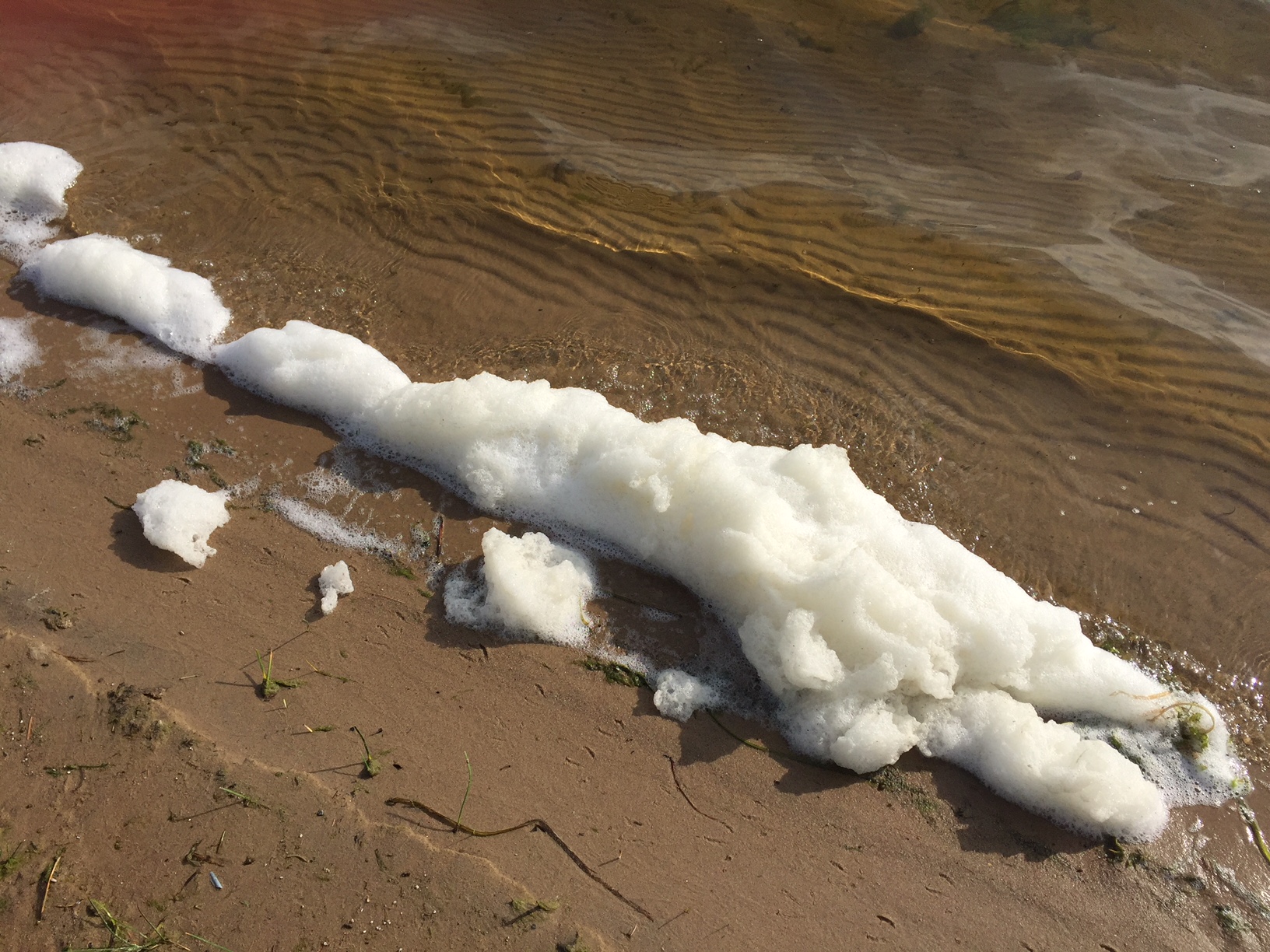
During the past three months of stay-at-home time, obtaining “things” took on new complications. I’ve found that I don’t really need all the items that might pop into my head. “Do I really need this?” is a daily question. This came to mind last week as we commented to the Environmental Protection Agency (EPA) on regulating PFAS chemicals in drinking water (See here for background on these chemicals and drinking water challenges.).
We joined nearly 80 other organizations to tell EPA to accelerate setting limits for PFAS chemicals in drinking water distributed from the water systems regulated by the Safe Drinking Water Act (SDWA). There are thousands of these chemicals, and we know about health effects and presence in drinking water sources for some but not all of them. Monitoring for these chemicals and then treating the water when necessary will be complicated and expensive -- so we didn’t take this lightly. We’re finding these chemicals in a lot of places from many sources and EPA needs to move more quickly on contaminant limits for more than just the two chemicals that are the subject of the “Preliminary Regulatory Determinations for the 4th Candidate Contaminant List.”
We also filed additional comments to let EPA know that we need to act with more urgency to get PFAS chemicals out of the environment, and not just address them once they’re in drinking water.
It’s not supposed to work this way; the agencies tasked with protecting our health and the environment are not supposed to drag their feet. Our federal environmental laws – including the Clean Water Act, Clean Air Act, Toxics Substances Control Act, Resource Conservation and Recovery Act – were considered groundbreaking in the 1970s when the US Congress first passed them. Around the world, they were even considered precautionary. During the 1980s and 1990s, as EPA began implementing these laws, things weren’t perfect. But EPA’s own policy was that pollution prevention was the name of the game. That’s not the case anymore.
Take, for example, the stated goal of the Clean Water Act: “Zero pollution into our nation’s waters...” We haven’t gotten there yet but the Clean Water Act is meant to guide regulators to constantly strive toward that goal. We aren’t supposed to let pollution get all the way to the last possible point downstream (our drinking water sources and us) and then deal with pollution problems.
But that’s what we are doing with PFAS chemicals. We’ve managed to move the needle further on drinking water than we have on controlling the use of and pollution from these chemicals in the first place. While the two “legacy” chemicals PFOS and PFOA are largely out of use, we’ve replaced them with thousands of others. If you’ve heard that PFAS chemicals are a problem because they are used in firefighting foam, that’s only because this use has caused known contamination issues nationwide. PFAS chemicals are everywhere – in food packaging, in the water-resistant coating on shoes and outdoor gear, in cookware coating, and in products and industrial processes in every part of the economy. It’s unfathomable that our other health and environmental protection programs haven’t been able to get to work to keep these “forever” chemicals out of our drinking water sources. But here we are.
In an ideal world, we’d deal with pollution at the source, instead of waiting until it gets to our drinking water. But that’s not how it is, and we can’t ignore a problem just because it hasn’t been solved before it gets to us. Our nation’s drinking water systems will have to deal with PFAS chemicals.
Their customers – that’s us – will largely foot the bill. A report released this week found that drinking water and wastewater systems will spend $12.1 billion over the next decade to address PFAS chemicals. That’s quite an investment to make because we didn’t do the work to control PFAS discharges to water or to determine whether all the uses of these chemicals are really necessary or even whether all of these chemicals should be in use. When I think of the PFAS chemicals lurking secretly in my house, in my shoes, in dental floss, in our stores and all around us, I have to ask “Do we really need this?”
EPA Administrator Andrew Wheeler, and Scott Pruitt before him, have said that EPA needs to get “back to basics.” Pollution prevention has been a core concept in EPA’s work for decades, and we urge EPA to get back to that basic activity when it comes to PFAS chemicals.


